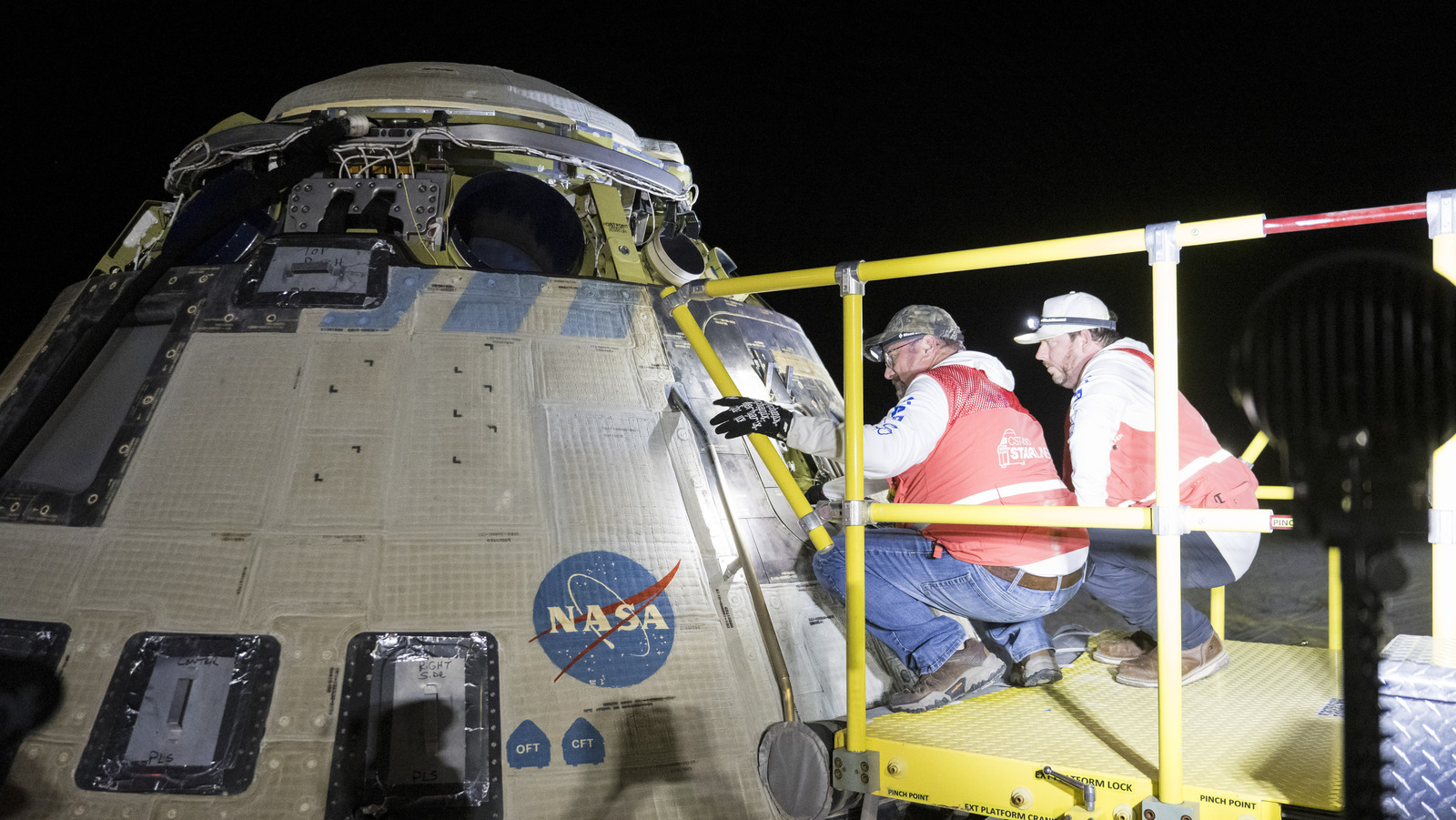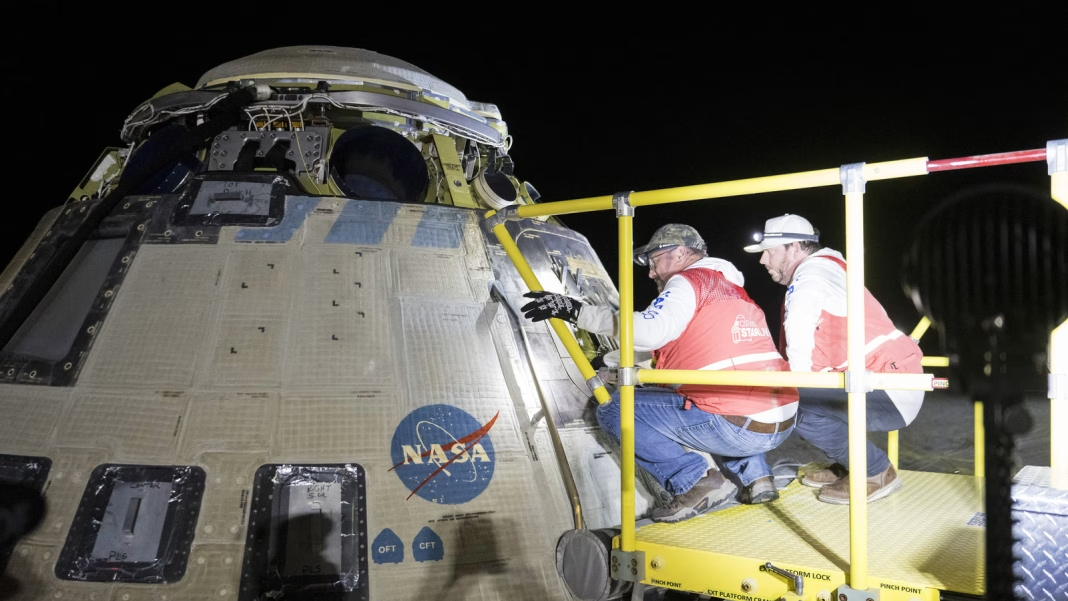NASA has always been at the forefront of human exploration, pushing boundaries and venturing into the unknown. But what happens when tragedy strikes in the vastness of space? While no American space mission has yet left behind the remains of an astronaut, NASA has developed a thoughtful plan to address this sensitive issue should it ever arise.
How Does NASA Prepare for the Unthinkable?
Space travel is inherently risky. Astronauts undergo rigorous training and preparation, but the unpredictable nature of space means that accidents can happen. NASA’s approach to dealing with the potential loss of an astronaut in space is both pragmatic and respectful. The agency has established protocols that prioritize the safety and dignity of the crew, as well as the emotional well-being of those on Earth.
One key aspect of NASA’s plan is to ensure that all crew members are aware of the risks involved. This transparency helps astronauts mentally prepare for the possibility of a worst-case scenario. In addition, NASA conducts regular training sessions that include emergency response drills, which cover various contingencies, including medical emergencies and, in the most unfortunate cases, the death of a crew member.
What Happens If an Astronaut Dies in Space?
If an astronaut were to pass away during a mission, NASA has outlined procedures for handling the situation. The first priority would be to ensure the safety of the remaining crew members. Once that is secured, the agency would focus on preserving the dignity of the deceased astronaut. This includes protocols for containment and storage of the body, which would typically involve placing the remains in a specially designed bag to prevent any contamination or disruption to the spacecraft’s environment.
The emotional impact on the surviving crew cannot be overstated. NASA recognizes that losing a colleague in such an extreme setting would be traumatic. To support the mental health of the crew, NASA has provisions for psychological support, including counseling and debriefing sessions. These measures aim to help astronauts process their grief and maintain their focus on the mission.
What Are the Broader Implications of Death in Space?
The potential for death in space raises profound ethical and philosophical questions. How do we honor the lives of those who venture into the cosmos? What responsibilities do we have to their families and to humanity as a whole? These questions are not easily answered, but they are crucial as we continue to explore space.
NASA’s plans also reflect a broader understanding of the human experience in extreme environments. The agency is not only concerned with the technical aspects of space travel but also with the emotional and psychological well-being of its astronauts. This holistic approach is essential for ensuring that space missions are not just about scientific discovery but also about the people who undertake these journeys.
What Can We Learn from NASA’s Approach?
NASA’s thoughtful planning for the possibility of death in space serves as a reminder of the inherent risks of exploration. It highlights the importance of preparation, transparency, and support systems in high-stakes environments. While we hope that such plans will never need to be enacted, they demonstrate a commitment to the humanity of astronauts and the respect owed to those who take on the challenge of space travel.
The big takeaway? NASA’s approach to potential loss in space isn’t about perfection—it’s about preparedness and compassion. As we look to the stars, let’s remember that every mission is a testament to human courage and resilience. Whether in space or on Earth, it’s the connections we forge and the care we show for one another that truly matter.


